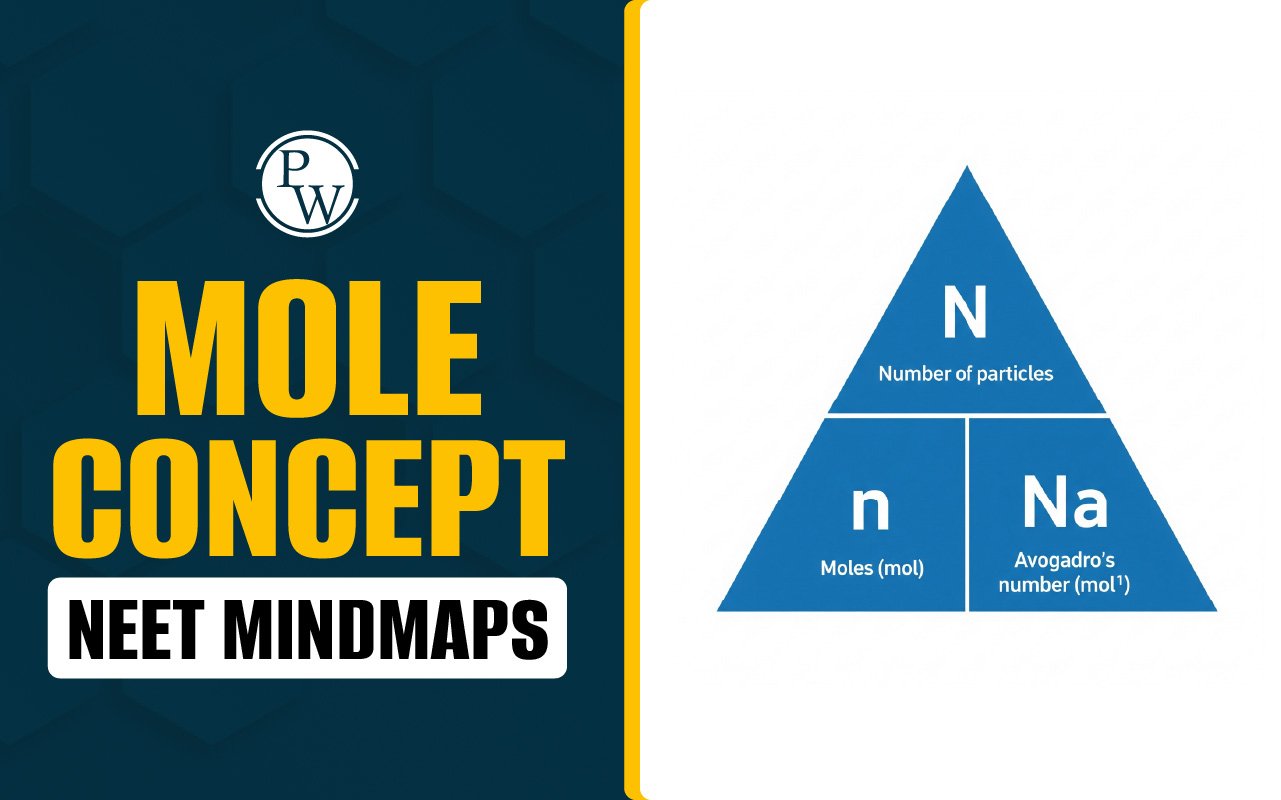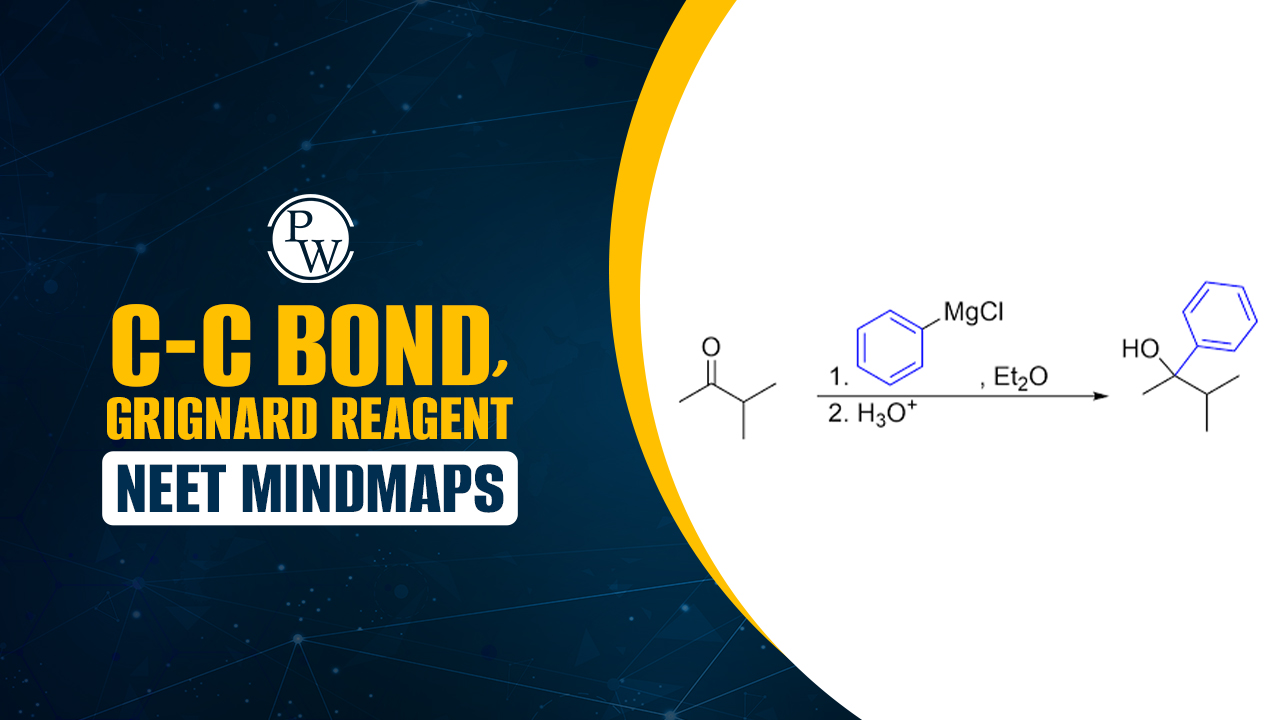

What Determines NEET UG 2026 Selection? This question is a common question asked by every medical aspirant. Students want to know how marks, rank, category and counselling decide their admission. The NEET UG 2026 selection criteria are based on many factors such as exam performance, cut-off marks, seat availability and reservation rules. Understanding these factors clearly helps the students know what will count for NEET UG 2026 admission.
What Determines NEET UG 2026 Selection?
NEET UG is the only medical entrance examination conducted in India for admissions to MBBS, BDS, AYUSH, and other medical courses. More than 20 lakh students appear for the exam every year. However, very few students can get government seats. This has raised a common question among students. Students often ask “What are the factors affecting NEET UG 2026 selection?”
To know this, you need to understand how the NEET UG selection process works. The marks scored in the exam are converted to a rank and based on the NEET UG 2026 selection criteria, the counselling authorities allot the seats. Parameters such as All India Rank (AIR), category rank, state quota, reservation policy, college preference etc. also come into the picture.
Factors Affecting NEET UG Selection
The selection process for NEET UG 2026 involves multiple elements rather than just academic marks. Let’s find out some of the most important of these 10+ things affecting NEET UG selection.
-
Marks Scored in NEET UG 2026: The marks you secure in NEET UG 2026 is the first and the most important factor in NEET UG selection. The more marks you score, the better your rank and the more government MBBS seats you will get admission into. This is the way it works generally:
-
With 650+ marks, a student will most likely get admission into top government colleges.
-
With 600–640 marks, a student has a good chance of getting admission into a good college under the state quota.
-
With 500–580 marks, a student may be able to get into private medical colleges.
-
So, the selection based on marks is the first level of NEET selection.
-
Cut-Off Scores and Percentile: The NEET cut-off scores are released every year by NTA. Every student appearing for the exam has to score at least the minimum qualifying percentile of 50th for the general category or 40th for the reserved category students. But, the actual NEET UG selection, based on admission to the medical colleges, has to be many notches above just qualifying the cut-off.
-
All India Rank (AIR): Right after the marks, the next most important factor is the All India Rank or AIR. So, two students with the same marks will have different AIR because of the tie-breaking rules that NEET follows. So, the better your AIR is, the higher is your chance of getting a government medical college seat.
-
Reservation and Category: Reservation is one of the factors that strongly impact the NEET UG 2026 selection criteria. The total seats available are divided into various categories like General, OBC, SC, ST, EWS, and PwD. A student belonging to a reserved category will be able to get admission into a college at comparatively lower marks than a general category student.
-
State Quota vs. All India Quota (AIQ): A total of 15% of the seats are filled through All India Quota or AIQ and 85% seats are filled through state quota. States have their cut-off marks, which differ from state to state. For instance, the cut-off for states with less medical colleges in them is high. So, the state in which a student belongs to is also a deciding factor for selection.
-
Seat Availability: Scoring good marks doesn’t guarantee selection. The number of seats in the colleges in that state also plays a major role in selection. So, more the seats in the state, the higher the chances of getting selected for a medical seat.
-
Counselling Rounds and Choices Filled: Smart choice filling during NEET counselling is essential. Filling in the choices wrongly may lead to loss of a good medical college seat. The NEET UG selection process also depends on how well the students perform during counselling rounds.
-
Tie-Breaking Rules: NEET UG 2026 selection criteria also follow the tie-breaking rules if two candidates have the same marks. After calculating the subject-wise scores in the order of Biology, Chemistry, Physics and lastly age, the difference in ranks is decided.
-
Private vs. Government Colleges: Scoring high marks is needed if you want admission into government seats. Admission into private medical colleges can also be done at lower marks, depending on the financial strength of the student or their parents. So, indirectly, financial strength becomes a factor for the NEET selection process.
-
Previous Year Trends: The difficulty level of the NEET UG exam changes each year. If the paper is considered to be very tough, the cut-offs will be lower and vice versa. By analysing the previous years trends, we can have an idea as to what factors matter for NEET UG 2026 admission.
NEET UG Selection Process
The process of determining NEET UG 2026 selection requires detailed information about the exam. without knowing the exact step-by-step process. Let us try to understand the NEET UG selection process with simple words:
-
Step 1: Give NEET UG 2026: This is the first step of admission. without giving the exam and qualifying it, a student is out of the admission race.
-
Step 2: Result Declaration: NTA releases the scorecard, which contains the mark, AIR, category rank, and percentile. This is the most important document as it becomes the key for admission.
-
Step 3: Qualifying Cut-Off: The qualifying cut-off is released by NTA too. The student must have cleared this mark to be eligible for counselling. But eligibility doesn’t mean an assured seat.
-
Step 4: Registration for Counselling: Once a student has cleared NEET and is eligible, they must register for the counselling process, which includes AIQ counselling conducted by MCC and state counselling conducted by the respective state government.
-
Step 5: Choice Filling and Choice Locking: Students need to choose their preferred college and course. This stage is very important as the factors that determine NEET UG 2026 admission don’t only include marks but also the correct filling of the choice.
-
Step 6: Seat Allotment: The student is allotted a seat according to their rank, category, state quota, reservation and choices.
-
Step 7: Reporting to the College: The student who has been allotted a seat in a college must report to the college with their documents and fees to the allotted college.
-
Step 8: Allotment in Next Rounds: If a student could not get a seat in the first round of counselling, they can also get a seat in the second, third and mop-up rounds.
This completes the process of NEET UG selection and shows that it is not a single-step process but rather a whole journey from the exam to the reporting to the college.
Prepare for NEET 2026 with PW NEET online batches. These courses provide clear lessons and regular practice tests to help you cover the entire syllabus step-by-step.
What Determines NEET UG 2026 Selection? FAQs
Q1: What matters the most for NEET UG 2026 selection?
Q2: Will I get MBBS admission if I score just the qualifying cut-off?
Q3: Does state quota play any role in NEET UG 2026 selection?
Q4: Is NEET UG 2026 selection based on marks or rank?













